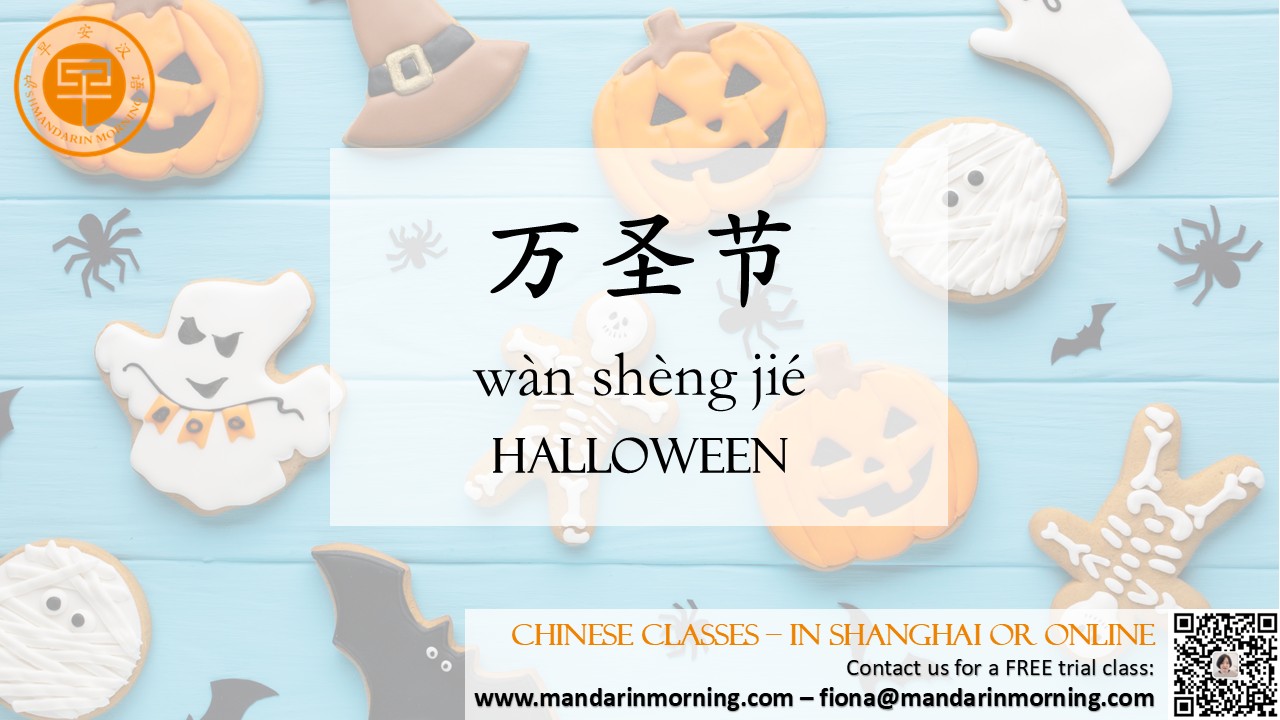As the autumn air turns crisp and pumpkin spice fills the air, a Western holiday is finding a vibrant new home in China. Halloween, or 万圣节 (Wànshèngjié), is no longer just a foreign concept seen in movies. It has been wholeheartedly embraced, especially by young people and in major cities, creating a unique and exciting fusion of traditions. In the West, Halloween has deep roots in the ancient Celtic festival of Samhain. It was believed that on October 31st, the boundary between the world of the living and the dead became blurred. Today, it's a time for costumes (化妆 huàzhuāng), trick-or-treating (不给糖就捣蛋 bù gěi táng jiù dǎodàn), and carving pumpkins into jack-o'-lanterns (杰克灯笼 Jiékè dēnglong). In China, the celebration is less about ghosts and ghouls and more about a fantastic party and commercial fun. You won't typically find children going door-to-door in residential compounds. Instead, the spirit of Halloween comes alive in 派对 (pàiduì) - parties! Clubs, bars, and restaurants host elaborate Halloween events, offering special themed drinks and decorations. Friends gather in costumes, ranging from terrifying monsters to popular anime characters, showcasing their 创意 (chuàngyì) - creativity. Another major hub of Halloween activity is theme parks, like Shanghai Disneyland and Happy Valley. They go all out with spectacular haunted houses, parades, and spooky performances. It's a perfect place for a thrilling night out. For young Chinese, Halloween is less about superstition and more about social connection, fashion, and fun. It's an opportunity to break from routine, take memorable photos for 微信朋友圈 (Wēixìn Péngyǒuquān) - WeChat Moments, and enjoy a playful, modern celebration. It’s a fascinating example of 文化融合 (wénhuà rónghé) - cultural fusion. So, if you're in China during 万圣节 (Wànshèngjié), don't be surprised to see skeletons dancing next to princesses—it's all part of the fun! Want to learn more about Western culture and the language that goes with it? Sign up for a class with us and expand your world! |